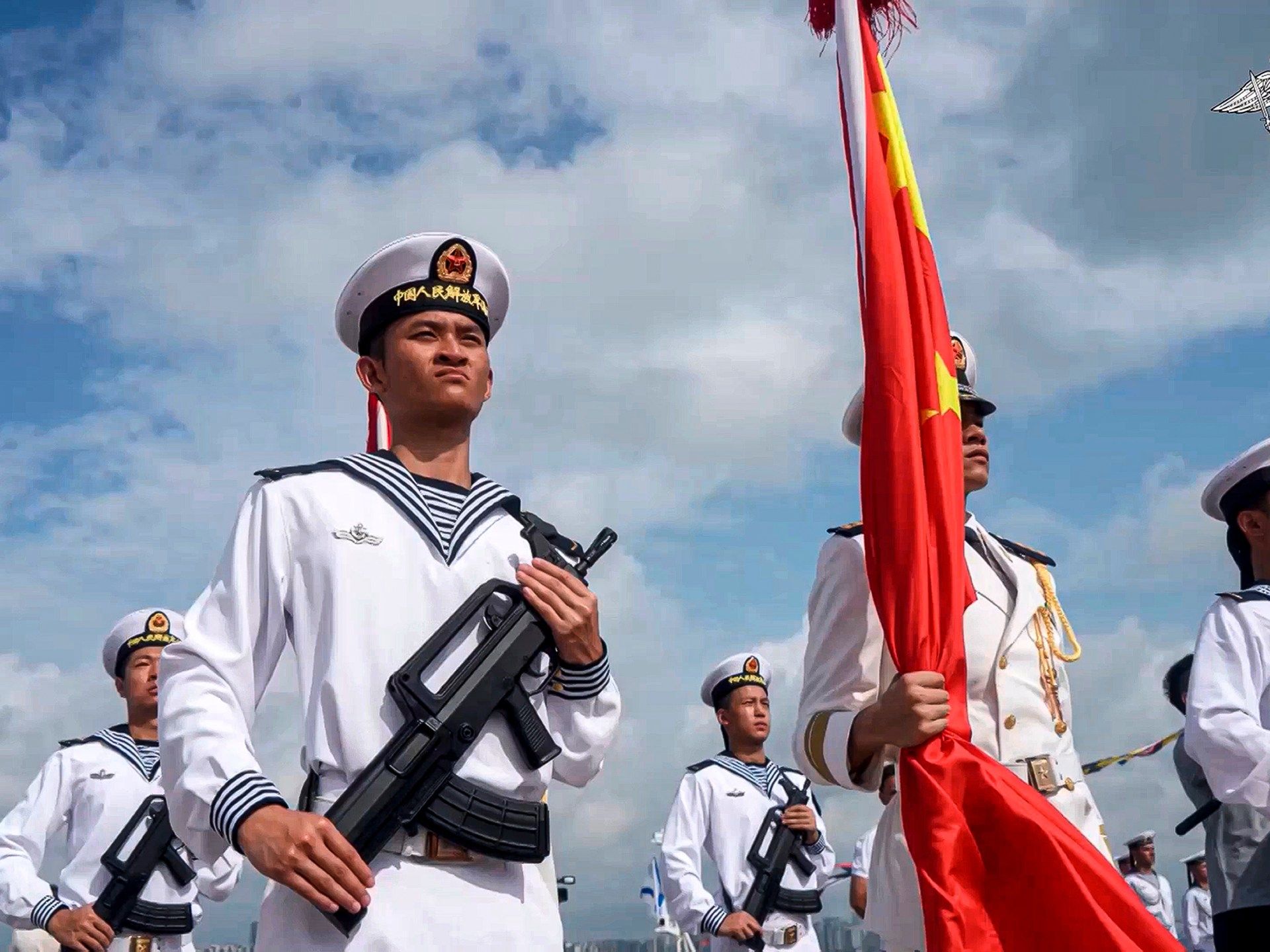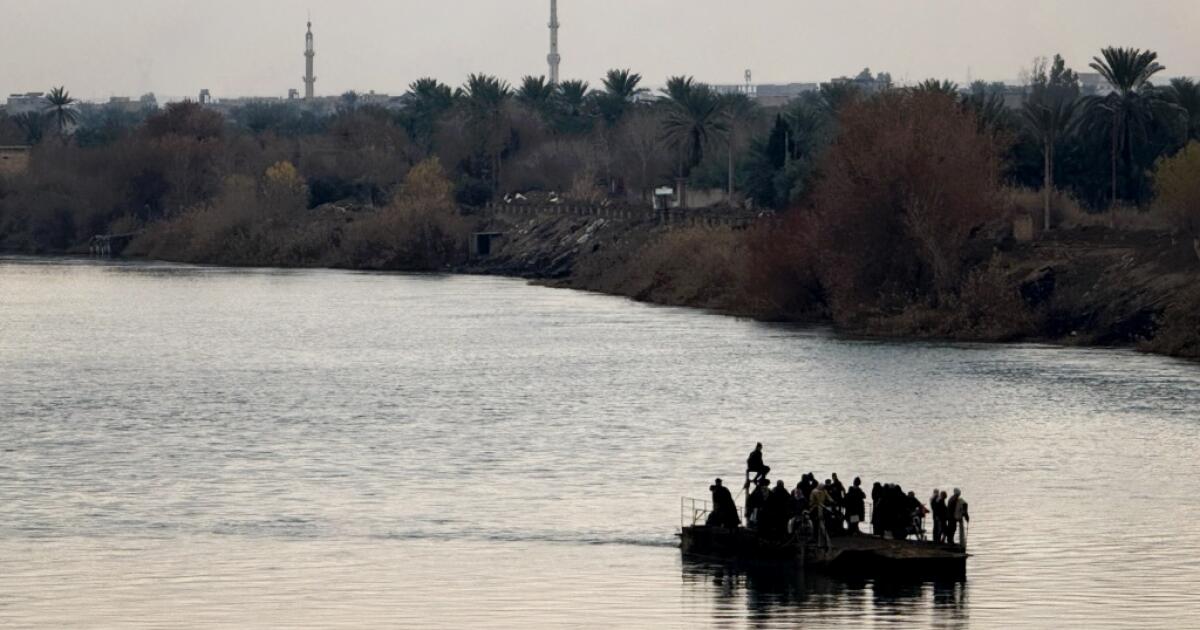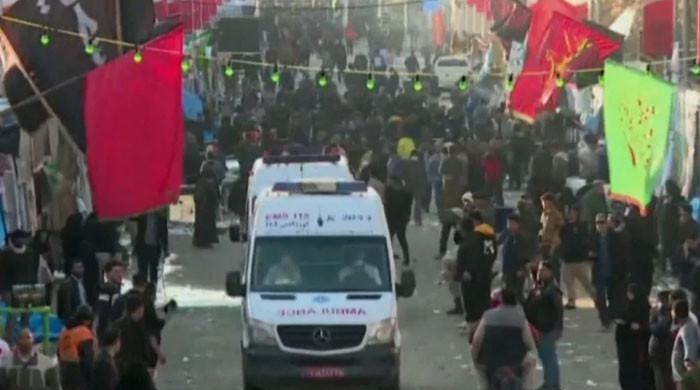Japan has accused Russia of violating its airspace with a patrol plane. On Monday, Japanese fighter jets issued a warning to the Russian military by radio signal before firing flares at a Russian plane that had entered its airspace.
Japanese Defense Minister Minoru Kihara told reporters: “A Russian Il-38 patrol plane has violated our airspace over our territorial waters north of Rebun Island, Hokkaido, on three occasions.”
He added that it was the first announced incursion into Japanese airspace by a Russian aircraft since a Tu-96 bomber entered southern Okinawa in June 2019.
The arrival of the Russian aircraft is believed to have been part of a joint military exercise announced by Russia and China earlier this month. The two countries have been conducting joint exercises for more than 20 years but stepped them up following Russia's invasion of Ukraine in 2022 and the start of the subsequent war.
These joint exercises, which are increasingly taking place in new places around the world, have alarmed the West and its allies, such as Japan. Several of them have been carried out this year.
What happened near Japan?
The incident reported by Japan on Monday came after Russia announced on Saturday that it would hold a military exercise with China in the Sea of Okhotsk in the western Pacific Ocean.
Russian news agency Interfax reported Tuesday that warships from Russia and China had entered the Sea of Okhotsk on Tuesday.
The Sea of Okhotsk lies between the Russian Kamchatka Peninsula to the east, the Kuril Islands to the southeast, and the Japanese island of Hokkaido to the south.
The naval exercise is called Beibu/Interaction – 2024 and will involve firing artillery as well as using anti-aircraft and anti-submarine weapons.
This is the third joint military exercise that both countries have held there. The first joint military exercise between China and Russia in the Sea of Okhotsk was held in 2017 and the second one in 2022.
Japan has territorial disputes with Russia and China. China claims the Senkaku Islands in the East China Sea, while Japan insists the islands do not belong to any state. Tokyo has disputes with Moscow over the Kuril Islands between Hokkaido and Kamchatka.
Military exercises between Russia and China: a brief history
While both countries have stepped up such exercises in recent years, joint exercises date back to 2003, when a multilateral exercise was held in Kazakhstan and China.
To this end, Russia and China partnered with Kazakhstan, Kyrgyzstan and Tajikistan. Similar multilateral exercises with these partner countries were conducted in places such as China, Russia and the partner countries until the late 2010s.
In 2013, China and Russia held a bilateral naval exercise in the Sea of Japan. In 2019, they held a multilateral naval exercise off the coast of South Africa in collaboration with South Africa.
According to data compiled by the Center for Strategic and International Studies (CSIS), a Washington, DC-based think tank, some 78 drills were conducted between 2003 and 2021.
As of August 2024, CSIS has recorded 102 joint military exercises. More exercises have been conducted since then.
More than 20 drills have been carried out between 2022 and 2024.
Some important military exercises between Russia and China held recently
- In February 2023, a Russian warship armed with Zircon missiles took part in a 10-day multilateral military exercise with South Africa and China off the east coast of South Africa. South Africa received criticism for participating in the exercise, especially since the exercise coincided with the first anniversary of the Kremlin's large-scale invasion of Ukraine.
- On July 24 of this year, the United States and Canada intercepted two Russian and two Chinese bombers that came within 200 miles of the Alaskan coast. It was the first time the two countries had conducted an exercise in the North Pacific. Although the bombers remained within international airspace, they passed through the Alaskan Air Defense Identification Zone (ADIZ), which CSIS analysis said “is controlled for national security reasons, where aircraft must identify themselves.” It is unclear whether or not the aircraft did so.
- The North American Aerospace Defense Command (NORAD), a combined U.S.-Canadian organization that provides aerospace alerts, has said Russian military aircraft have been sighted several times this month in the ADIZ and were last seen on Monday. They were not intercepted. On Monday, a NORAD press release said, “This Russian activity in the Alaska ADIZ occurs regularly and is not considered a threat.”
- On July 15, Russian and Chinese media reported that the two countries had conducted naval exercises in the South China Sea. Beijing claims almost complete dominion over the sea, but Southeast Asian countries including the Philippines, Malaysia and Vietnam dispute this and claim ownership of the waters near their coasts.
- On March 12, the Chinese, Russian and Iranian navies began a multilateral exercise in the Gulf of Oman. The participating countries said the purpose of the exercise was to strengthen maritime security. These exercises were carried out nearly 2,000 kilometers (1,300 miles) apart, a US-led naval coalition has been countering attacks by Yemen's Houthi rebels in the Red Sea since December 2023.
Why are joint military exercises between China and Russia increasing?
Unlike NATO members, Russia and China are not treaty allies. The increased number of military exercises has led some analysts to believe that Moscow and Beijing are trying to improve what is known in military terminology as the “interoperability” of their forces. In simple terms, that means the ability of two independent militaries to operate each other’s equipment and fight together seamlessly.
CSIS’s analysis of the Alaska exercises concluded that both countries were demonstrating they can “project power” and “reach into the U.S. homeland.”
The exercises are taking place amid an escalating war in Ukraine. Moscow has warned NATO countries that if they lift restrictions on Ukraine's use of long-range missiles inside Russian territory, the Kremlin will interpret it as an act of war.
In July, after the Alaska drill, Zhang Xiaogang, a spokesman for China's Ministry of Defense, told a news conference that the drills were being held to strengthen mutual trust and cooperation between Russia and China.
“This action is not directed at any third party, is in line with relevant international laws and practices and has nothing to do with the current international and regional situation,” Zhang said.












